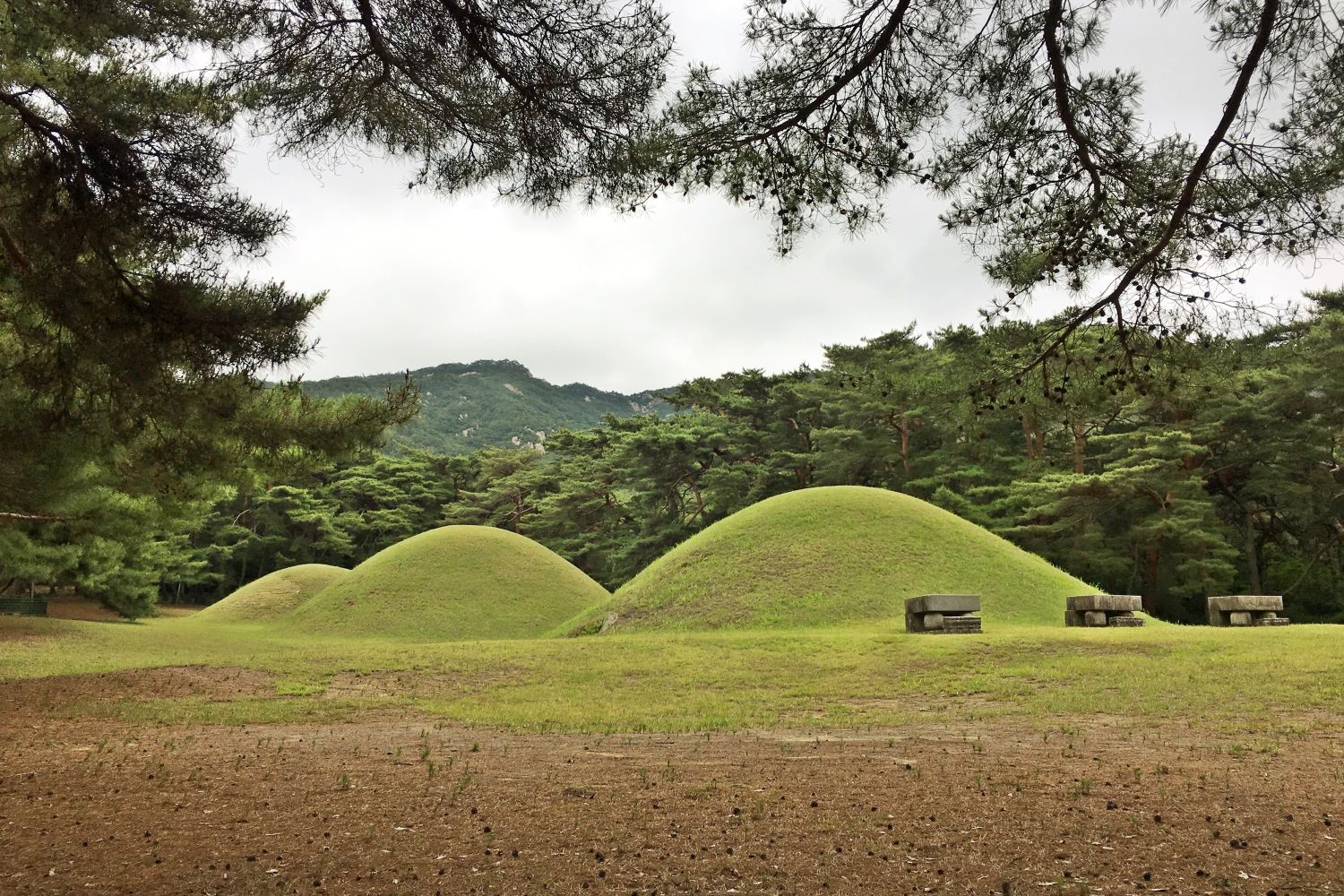| Mixe-Zoquean *koya *pom *cimah poh may |
English tomato copal (insense) dipper ground moon twenty |
Mayan s-ko:ya porn *cima *poya may to count |
Az altar, ahol a misurak miséztek.
A küldetés véget ért. A "misszionárius" szó eredete a latin "missio" szóból származik, ami azt jelenti, hogy küldetés vagy elbocsátás. Mis-si-sippi?
 Kunhalmok
Kunhalmokmiss(n.2)
"the term of honour to a young girl" [Johnson], originally (17c.) a shortened form of mistress (compare Mrs., pronounced mis-ez). By 1640s as "prostitute, concubine." By 1700 as "a young, unmarried woman." /mis-tress-pas =Bab ilon?/ Egypt a ház ajándéka. The ancient Greek word is Aygyptos=A Hold ajándéka. Misar pedig holdőr ? misr' in Arabic, means strait, a place where two continents come close together while in Akkadian, Egypt was known as mish-ru. (ru=kapu, átjáró. Vajon a 3 piramis az 3 halom?) Bibliai héber: tara? a doorkeeper:porter.
The missile, which North Korea claims is the new Hwasong-17 (hwasong means Mars in Korean). hwasong to mean "fire star," Korean: "misail = rakéta". Latin missile (thrown weapon, projectile).
misztérium 'ókori (egyiptomi, görög, római) titkos vallási tan. A görög eredetu szó (müsztérion), jelentése: titok. A görög müein (= bezárni) szóból származik.
A misarok a volgai tatárok egy finnugor nép leszármazottai (Sanskrit: mishra=mixed.) Egypt and we know it's name as Misri. Komisar :from East Slavic komis(s)are commissary commissioner Latin commissarius an agent noun from com with + missus sent. /A santalfa is a holdra megy vissza,/ Bibliai: Mizar = "small". Mish-nah = tan-ít. Arte-mis: greek Moon goddess (Arte=fire). promise, from pro- forward + mittere send. Croatian (Maar): ethnic name from a variant of Madar 'Hungarian' (see Madar). Mazar = Muslim mausoleum or shrine. Mazar. Meaning: It refers to the name of a general of the Medes.
mazar
verbal noun of ?zara
a place that people visit
visit
(religion, sufism) sanctuary, shrine, mausoleum (a shrine of a Sufi saint that Sufi followers come to for worship)
|
C2 (Altaic/Mongolian) E-V13 (Thracian) E-L618* (Neolithic Farmer) E-V12 (Northeast African) E-V22 (Northeast African) E-L19>M81 (Berber) E-M34 (Near East/Semitic) G2a-unk.sub. (Caucasus/Neolithic) G2a-Z6638 (Georgian/Ossetian) G2a-M406 (Mediterranean) G2a-L497 (Neolithic Farmer) G2a-U1>L1266 (Georgian) G2a-U1>L1264 (NW Caucasian) G2a-U1>L1263 (Germanic) I1-M253 (Germanic/Scandinavian) I2a1-Y3120* (South Slavic) I2a1-Y3120>PH908 (Serbo-Croatian) I2a2a-M223 (Mesolithic / Germanic) I2a2b-L38 (Mesolithic) I2c-L597 (Mesolithic) J1-Z1842 (Northeast Caucasian) J1-P58 excl. Ashkenazi (Arabic) J2a-M410*(xM92) (Mediterranean/Near East) J2a-M410>M92 (Caucasian) J2b-M12*(xL283) (Arabic / Near Eastern) J2b-L283 (Illyrians & Tyrrhenians) L-M20 (Middle East & Indush Valley) N1-P189>F14667 (Inner Asian) N2a-P43>VL67 (Oghuz Turkic) N3a2-M2019 (Yakut-type Turkic) N3a3-VL29>L1025 (Baltic) N3a4-Z1936>B539 (Ugric) Q1a-M25>L713 (Xiongnu/Avar) Q1a-L53* (Ket / Siberian) Q1a-L53>L527 (Scandinavian) Q1b-L275 (Xiongnu / Siberian) R1a-M458>L260 (West Slavic) R1a-M458>CTS11962 (West Slavic) R1a-Z280*(xYP340,Y2902,Y2613) (Baltic or East Slavic) R1a-YP340 (Scythian? Moravian?) R1a-Y2902 (East Slavic) R1a-Y2613 (Slovenian-Moravian?) R1a-Z93 (Indo-Iranian > Turkic) R1b-PF7562 (Ancient Greek or Anatolian?) R1b-Z2103 (Armenian, Albanian, Greek) R1b-Z2118 (Western Indo-European) R1b-L11+ sub.unkn. (Western Indo-European) R1b-U106 (Low Countries / Belgae?) R1b-P312 (Italo-Celtic) R2-M124 (Middle East/Indush) T-M70 (Near East / Neolithic) |
Magyar = 0 ; Székely = 1 Magyar = 47 ; Székely = 10 Magyar = 1 ; Székely = 0 Magy>ar = 1; Székely = 0 Magyar = 2 ; Székely = 1 Magyar = 1 ; Székely = 0 Magyar = 2 ; Székely = 1 Magyar = 7 ; Székely = 3 Magyar = 3 ; Székely tribe = 6 Magyar = 1 ; Székely = 1 Magyar = 6 ; Székely = 0 Magyar = 1 ; Székely = 0 Magyar = 2 ; Székely = 1 Magyar = 6 ; Székely = 2 Magyar = 46 ; Székely = 16 Magyar = 65 ; Székely = 12 Magyar = 17 ; Székely = 6 Magyar = 14 ; Székely = 2 Magyar = 4 ; Székely = 0 Magyar = 2 ; Székely = 0 Magyar = 2 ; Székely = 0 Magyar = 5 ; Székely = 0 Magyar = 20; Székely = 6 Magyar = 1 ; Székely tribe = 6 Magyar = 1 ; Székely = 1 Magyar = 14 ; Székely = 2 Magyar = 2 ; Székely = 1 Magyar = 1 ; Székely = 1 Magyar = 0 ; Székely = 1 Magyar = 2 ; Székely = 1 Magyar = 8 ; Székely = 0 Magyar = 8 ; Székely = 3 Magyar = 1 ; Székely tribe = 6 Magyar = 3 ; Székely = 0 Magyar = 1 ; Székely = 0 Magyar = 1 ; Székely = 0 Magyar = 32 ; Székely = 3 Magyar = 19 ; Székely = 3 Magyar = 31 ; Székely = 10 Magyar = 13 ; Székely = 3 Magyar = 24 ; Székely = 7 Magyar = 18 ; Székely = 3 Magyar = 3 ; Székely = 4 Magyar = 1 ; Székely = 1 Magyar = 23 ; Székely = 2 Magyar = 2 ; Székely = 2 Magyar = 46 ; Székely = 2 Magyar = 18 ; Székely = 9 Magyar = 16 ; Székely = 14 Magyar = 0 ; Székely = 1 Magyar = 3 ; Székely = 1 |
|
Kelet-európai / balto-szláv = Eastern European / Balto-Slavic Germán = Germanic Közel-keleti/újkokori/mediterrán = Near East/Neolithic/Medit Trák / pannon = Thracian / Pannonian Italo-kelta = Italo-Celtic Albán-örmény-görög = Albanian-Armenian-Greek Mezolit halász-vadász = Mesolithic Hunter-Gatherer Altáji és paleo-szibériai = Altaic and Paleo-Siberian Kaukázusi = Caucasian Ugor = Ugric |
Magyars 41,65% ; Székely 30,32% (Total 40,52% Magyars 17,06% ; Székely 18,06% (Total 17,16%) Magyars 12,11% ; Székely 11,61% (Total 12,06%) Magyars 8,62% ; Székely 6,45% (Total 8,41%) Magyars 7,52% ; Székely 10,97% (Total 7,87%) Magyars 4,40% ; Székely 1,94% (Total 4,16%) Magyars 3,67% ; Székely 1,29% (Total 3,43%) Magyars 1,83% ; Székely 9,03% (Total 2,55%) Magyars 1,65% ; Székely 8,39% (Total 2,32%) Magyars 1,47% ; Székely 1,97% (Total 1,51%) |
Pesti István 2025 március
Saját írásaimból: